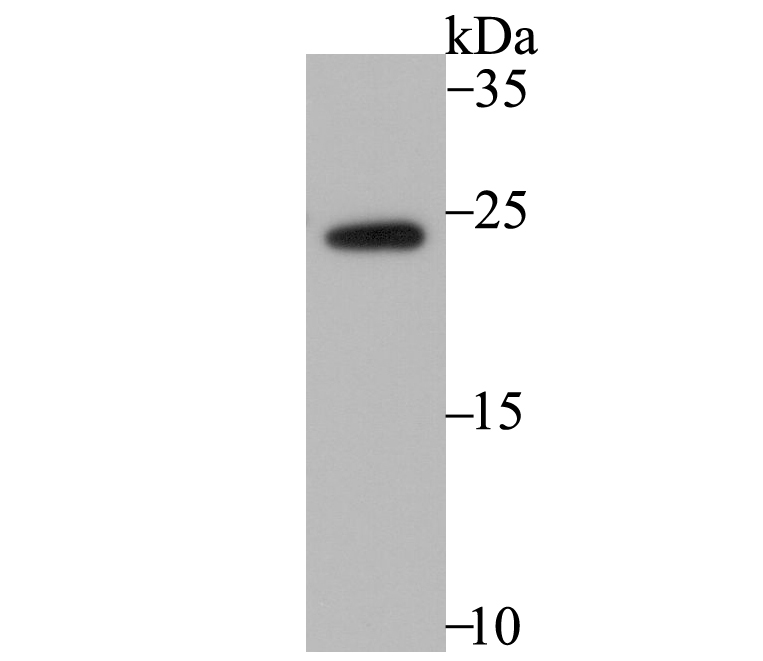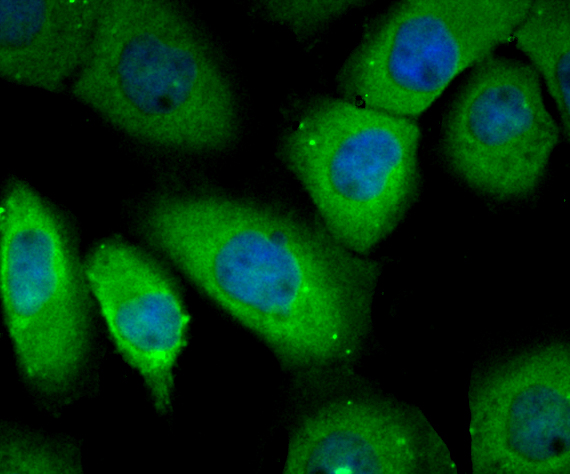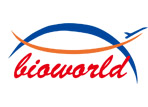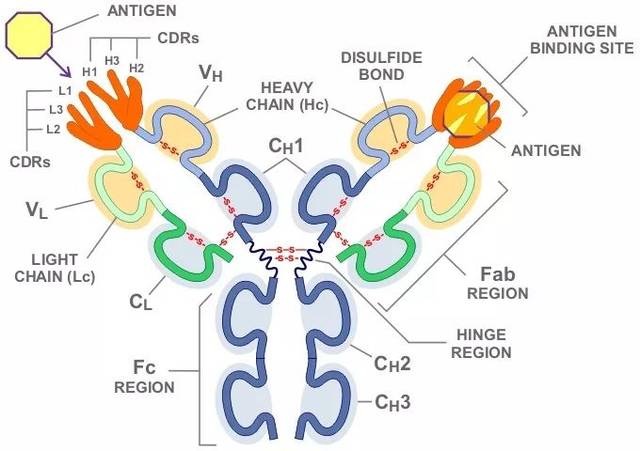Product Name :
RHEB polyclonal antibody Background :
H-, K- and N-Ras represent the prototype members of a family of small G proteins which are frequently activated to an oncogenic state in a wide variety of human tumors. Activation is due to point mutations at position 12 or 61 within their coding sequence. Such mutations cause these proteins to be constitutively converted to their active GTP-bound rather than the inactive GDP-bound state. The related human R-Ras gene was initially cloned by low stringency hybridization methods. Position 38 or 87 mutants of R-Ras (analogous to positions 12 and 61 in H-Ras) have been shown to be capable of activating oncogenic function. Ras p21 in its active GTP binding state binds to Raf-1, resulting in activation of the MAP kinase signaling cascade. An additional member of the Ras family, Rheb (Ras-related GTP-binding protein), also interacts with Raf-1. This interaction is potentiated by growth factors and agents that increase cAMP levels. Product :
Rabbit IgG, 1mg/ml in PBS with 0.02% sodium azide, 50% glycerol, pH7.2 Storage&Stability :
Store at +4°C after thawing. Aliquot store at -20°C. Avoid repeated freeze / thaw cycles. Specificity :
RHEB polyclonal antibody detects endogenous levels of RHEB protein. Immunogen :
Recombinant protein within human RHEB aa 1-250. Conjugate :
Unconjugated Modification :
Unmodification
RHEB polyclonal antibody Background :
H-, K- and N-Ras represent the prototype members of a family of small G proteins which are frequently activated to an oncogenic state in a wide variety of human tumors. Activation is due to point mutations at position 12 or 61 within their coding sequence. Such mutations cause these proteins to be constitutively converted to their active GTP-bound rather than the inactive GDP-bound state. The related human R-Ras gene was initially cloned by low stringency hybridization methods. Position 38 or 87 mutants of R-Ras (analogous to positions 12 and 61 in H-Ras) have been shown to be capable of activating oncogenic function. Ras p21 in its active GTP binding state binds to Raf-1, resulting in activation of the MAP kinase signaling cascade. An additional member of the Ras family, Rheb (Ras-related GTP-binding protein), also interacts with Raf-1. This interaction is potentiated by growth factors and agents that increase cAMP levels. Product :
Rabbit IgG, 1mg/ml in PBS with 0.02% sodium azide, 50% glycerol, pH7.2 Storage&Stability :
Store at +4°C after thawing. Aliquot store at -20°C. Avoid repeated freeze / thaw cycles. Specificity :
RHEB polyclonal antibody detects endogenous levels of RHEB protein. Immunogen :
Recombinant protein within human RHEB aa 1-250. Conjugate :
Unconjugated Modification :
Unmodification
-
 Western blot analysis of RHEB on mouse placenta tissue lysate using anti-RHEB antibody at 1/1,000 dilution.
Western blot analysis of RHEB on mouse placenta tissue lysate using anti-RHEB antibody at 1/1,000 dilution. -
 ICC staining RHEB in A431 cells (green). The nuclear counter stain is DAPI (blue). Cells were fixed in paraformaldehyde, permeabilised with 0.25% Triton X100/PBS.
ICC staining RHEB in A431 cells (green). The nuclear counter stain is DAPI (blue). Cells were fixed in paraformaldehyde, permeabilised with 0.25% Triton X100/PBS.
Bioworld Biotech only provide peptides for our antibodies and do not provide additional peptide customization services.
Price/Size :
USD 368/1mg/vial
Tips:
For phospho antibody, we provide phospho peptide(0.5mg) and non-phospho peptide(0.5mg).Describe :
Blocking peptides are peptides that bind specifically to the target antibody and block antibody binding. These peptide usually contains the epitope recognized by the antibody. Antibodies bound to the blocking peptide no longer bind to the epitope on the target protein. This mechanism is useful when non-specific binding is an issue, for example, in Western blotting (WB) and Immunohistochemistry (IHC). By comparing the staining from the blocked antibody versus the antibody alone, one can see which staining is specific; Specific binding will be absent from the western blot or IHC performed with the neutralized antibody.Formula:
Synthetic peptide was lyophilized with 100% acetonitrile and is supplied as a powder. Reconstitute with 0.1 ml DI water for a final concentration of 10 mg/ml.The purity is >90%,tested by HPLC and MS.
Storage:
The freeze-dried powder is more stable. For short time at 2-8°C. For long term storage store at -20°C.
Note :
This product is for research use only (RUO only). Not for use in diagnostic or therapeutic procedures.
 RHEB polyclonal antibody
RHEB polyclonal antibody  Datasheet
Datasheet COA
COA MSDS
MSDS SHIP
SHIP